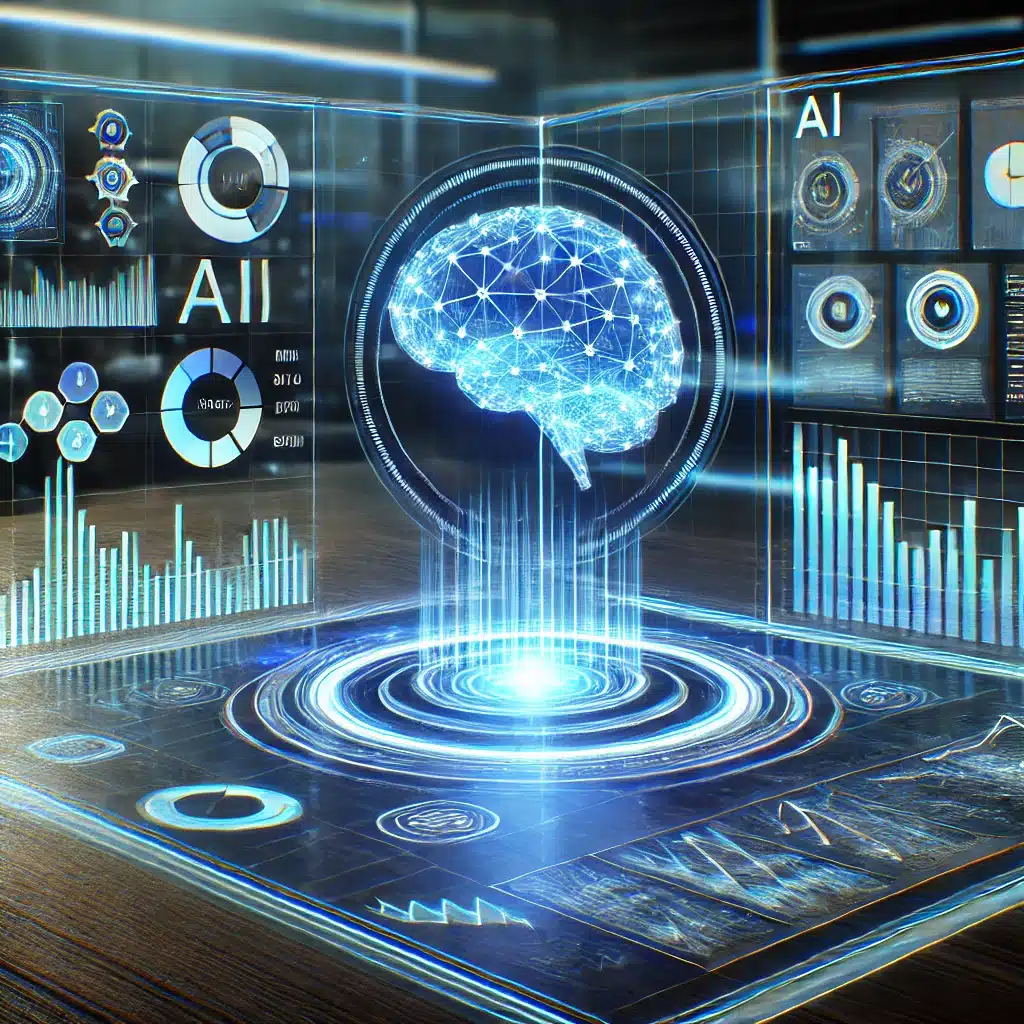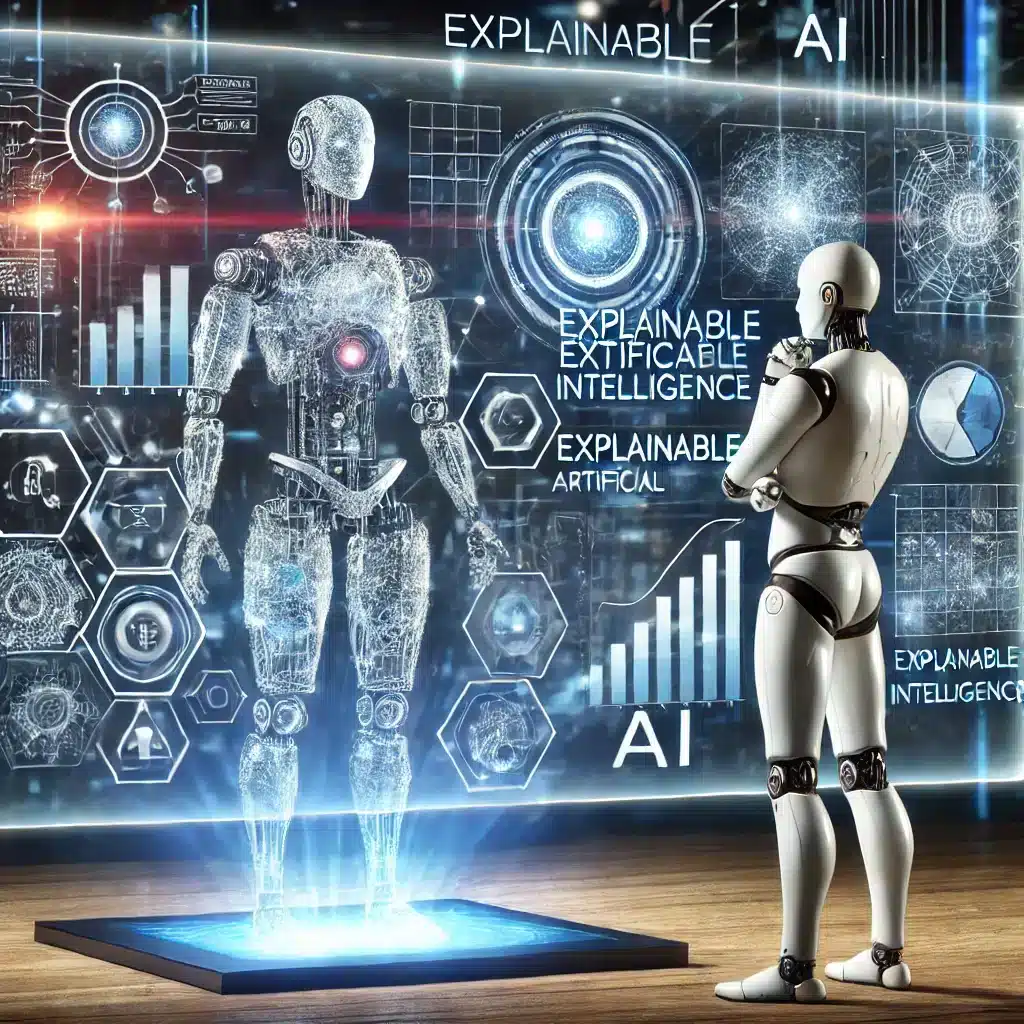Streamlining Legacy Systems with AI
The modernization of legacy systems has become a crucial undertaking for many enterprises. Today’s rapidly evolving technological landscape demands simple adjustments and a fundamental transformation. By strategically incorporating AI tools, companies can significantly enhance efficiency. AI-driven approaches are essential for overcoming cost and complexity, paving the way for future growth.
Understanding Legacy System Modernization
Legacy system modernization refers to the process of updating and transforming outdated systems. It involves replacing or upgrading aging software, hardware, and processes with up-to-date solutions. This ensures systems remain agile and capable of supporting current business needs. Therefore, prioritizing these efforts is vital for organizations to maintain competitiveness. Moreover, with AI, businesses can accelerate modernization while minimizing risk.
The Role of AI in Modernization
AI offers several capabilities that expedite legacy system modernization. For example, it can automate key processes and extract hidden business logic. As a result, this reduces the dependency on scarce expertise. Furthermore, AI empowers enterprises by transforming monolithic architectures into microservices. Artificial intelligence facilitates the seamless integration of new functionalities, enhancing agility.
Business Impact of AI-Driven Modernization
Consider the case of a major US consumer bank that embarked on a modernization journey. The bank aimed to streamline customer experiences while optimizing IT operations. By leveraging AI and modern technology stacks, they achieved significant success. For instance, they enjoyed a 50% reduction in card fraud and a 10% growth in digital adoption. Consequently, AI-driven modernization had a transformative impact on their business outcomes.
Strategies for Effective Implementation
To successfully execute legacy system modernization, organizations must adopt a structured approach. By deconstructing systems incrementally, businesses can manage costs efficiently. Similarly, this method allows them to deliver continuous value while minimizing risks. Additionally, AI offers the benefit of uncovering valuable business logic, ensuring seamless transitions to cloud-native platforms.
Overcoming Challenges with AI
AI is pivotal in addressing the challenges of legacy system modernization. It streamlines IT operations and reduces technical debt. Moreover, with automation and data-driven insights, enterprises enjoy enhanced decision-making capabilities. Consequently, they can stay competitive in today’s fast-paced market. With these tools, businesses adapt, ensuring they thrive amidst transformation.
In conclusion, AI’s impact on legacy systems is profound. By embracing AI-driven approaches, businesses can achieve efficiency, scalability, and agility. Ultimately, modernization is not just about survival—it’s about thriving in an era of rapid change.



